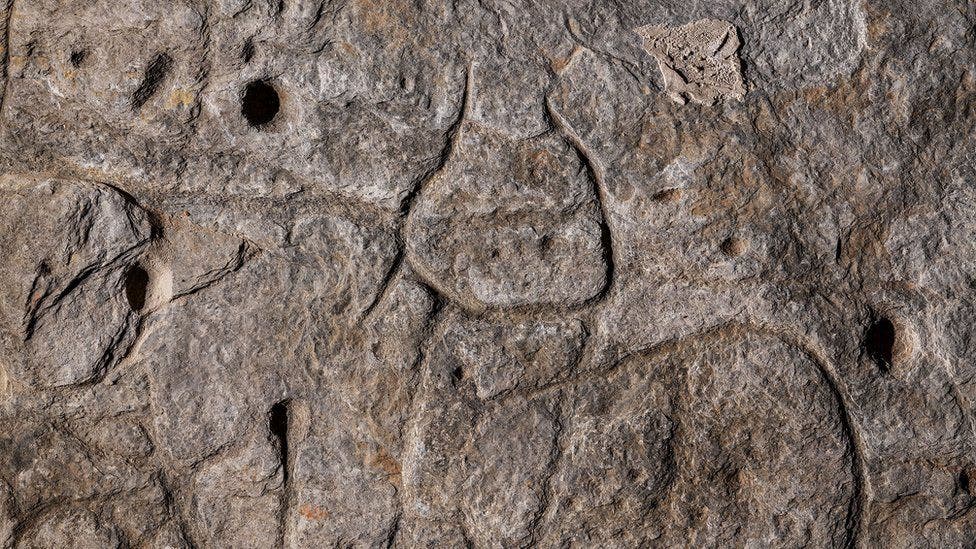It’s not exactly 3D printing, but it’s just as amazing — if not more. First unearthed in France in 1900, a Bronze Age stone slab has been recently rediscovered by a group of researchers, who now believe it could be the oldest three-dimensional map in Europe.
In their study, they determined that the markings were carved 4,000 years ago, representing an area in Western Brittany, France.

The intricately carved Saint-Bélec slab was found during digs on a prehistoric burial ground in Finistère by local archaeologist Paul du Chatellier. It is believed to date from the early Bronze Age, sometime between 1900 BC and 1650 BC. Following the finding, the slab was apparently forgotten for over a century, stored for decades at Chatellier’s home.
Back then, Chatellier wasn’t sure about the meaning of the carvings of the four-meter-long slab. Some scholars at the time argued they were shapeless human representations or even a picture of a beast. Researchers also suggested that the meaning would become clear with future research – which just what happened.
A group of French researchers looking for the slab found it in a cellar in 2014 and have been trying to figure it out ever since. After analyzing marks and engravings on the stone, the team suspected it could be a map. The “presence of repeated motifs joined by lines” on its surface suggested it depicted an area of Finistère in France.
“This is probably the oldest map of a territory that has been identified,” Clément Nicolas from Bournemouth University, one of the study’s authors, told the BBC. “There are several such maps carved in stone all over the world. Generally, they are just interpretations. But this is the first time a map has depicted an area on a specific scale.”
The study was carried out using whole slab observations, general and detailed photographs with oblique lighting, and several 3D survey methods such as photogrammetry and general and high-definition 3D-scanning. This allowed to record the surface topography of the slab at different scales and to analyze the morphology, technology, and chronology of the engravings.

Based on the findings, the researchers now believe the map-like engravings and motifs carved on the surface of the slab provide a rough three-dimensional (3D) match to the River Odet valley – with several lines depicting the area’s river network. The territory represented on the slab bears an 80% accuracy to an area around an 18 mile-long stretch of the river.
The slab, first found in a burial mound, was probably reused for some reason as part of the burial process, forming one of the walls of the stone barrow, the researchers believe. The engraved side was facing inward to the tomb so the markings weren’t exposed to the elements of thousands of years – which explains the slab’s overall good condition.
“A map is a drawing or plan of the earth’s surface or part of it,” the team wrote in their paper. “The Saint-Bélec Slab does indeed bear the three elements that are most probative of prehistoric cartographic representation: homogenous composition with engravings that are identical in technique and style and repetition of motifs.”
What’s less certain is what other motifs carved into the slab might represent, but the researchers believe they could reflect the location of early Bronze Age settlements, other barrow sites, field systems, and tracks. If that’s the case, the map would then reflect an organizational plan of land use and ownership according to the political and economic rulers of the time.
“There was undoubtedly a justification for carving this work in stone … leaving a mark,” archeologist Yvan Pailler from the University of Western Brittany, one of the team members, told Science Alert. “Making cartography like that … is often linked to the affirmation of power, of authority over a territory. This is the general context of achievement that occurs in the Early Bronze Age.”
The study was published in the journal Bulletin de la Société préhistorique française.


